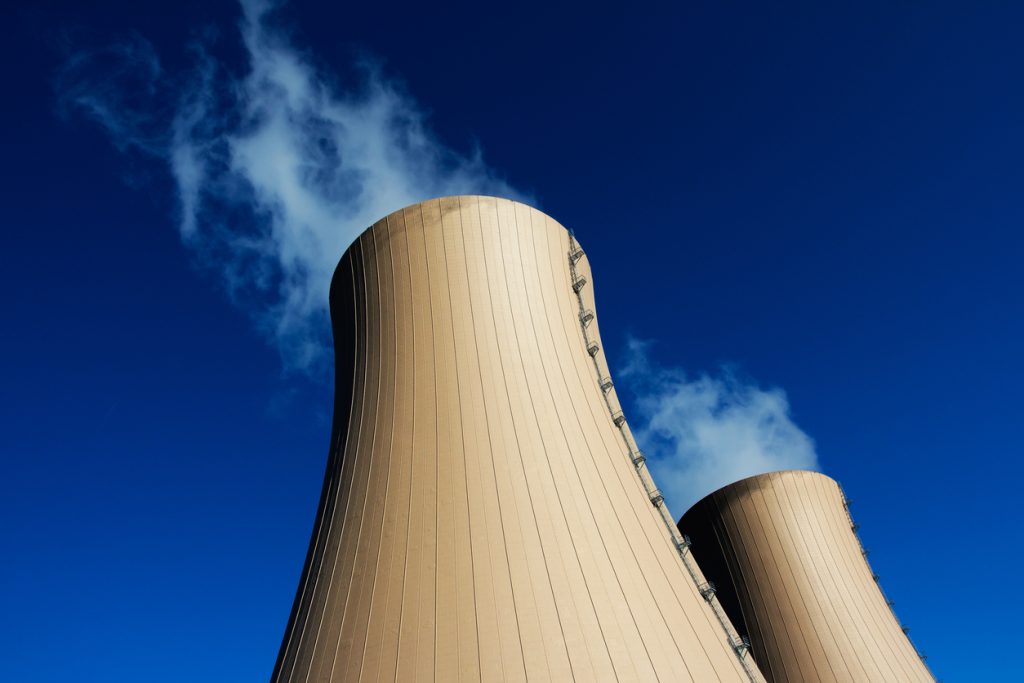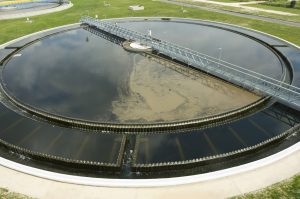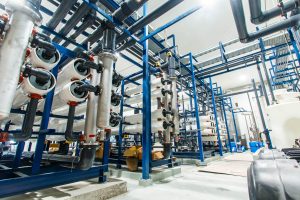In the realm of industrial infrastructure, cooling towers stand tall, silently performing a crucial role that often goes unnoticed. These towering structures play a vital role in dissipating excess heat generated by industrial processes, ensuring the efficient functioning of machinery and preventing overheating. Let’s delve into the world of cooling towers, exploring what they are and how they work.
What is a Cooling Tower?
At its core, a cooling tower is a heat rejection device that extracts excess heat from a process and releases it into the atmosphere. Commonly associated with power plants, refineries, and large industrial facilities, these towers come in various shapes and sizes, ranging from hyperboloid to rectangular designs.
The Working Mechanism:
The fundamental principle behind cooling towers is the process of evaporation. Hot water, often a byproduct of industrial processes or generated from equipment such as condensers, is pumped into the cooling tower. This hot water is distributed over the tower’s fill media, which are typically made of materials like PVC. As the water cascades through the fill media, it comes into contact with a stream of ambient air
Evaporation & Heat Dissipation:
During this interaction, a portion of the water evaporates, transforming from liquid to vapor. This phase change requires energy, and this energy is drawn from the remaining water, leading to a reduction in its temperature. The now-cooled water is collected at the bottom of the tower and recirculated back into the industrial process.
Airflow Matters:
Crucial to the efficiency of cooling towers is the flow of air. Fans, strategically placed within the tower, create an upward draft, facilitating the movement of air through the fill media. This ensures a continuous exchange of heat, allowing for the efficient cooling of the water circulating within the tower
Types of Cooling Towers:
There are two primary types of cooling towers: open circuit and closed circuit. Open circuit towers allow direct contact between the water and the surrounding air, promoting evaporation. In contrast, closed circuit towers employ a heat exchanger to isolate the process water from the external environment, making them ideal for situations where water contamination is a concern.
Environmental Impact:
While cooling towers play a crucial role in industrial processes, they are not without environmental considerations. The plumes of water vapor released from cooling towers are a common sight, but they are not harmful. However, the discharges from cooling tower blowdown, containing concentrated minerals and chemicals, require careful management to prevent environmental impact.
In the grand tapestry of industrial infrastructure, cooling towers weave a story of heat management and efficiency. These towering structures, often overshadowed by the machinery they serve, play a pivotal role in ensuring the smooth operation of industrial processes. Understanding the science behind cooling towers allows us to appreciate their significance and the delicate balance they strike between industrial progress and environmental responsibility.


